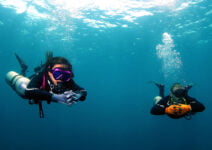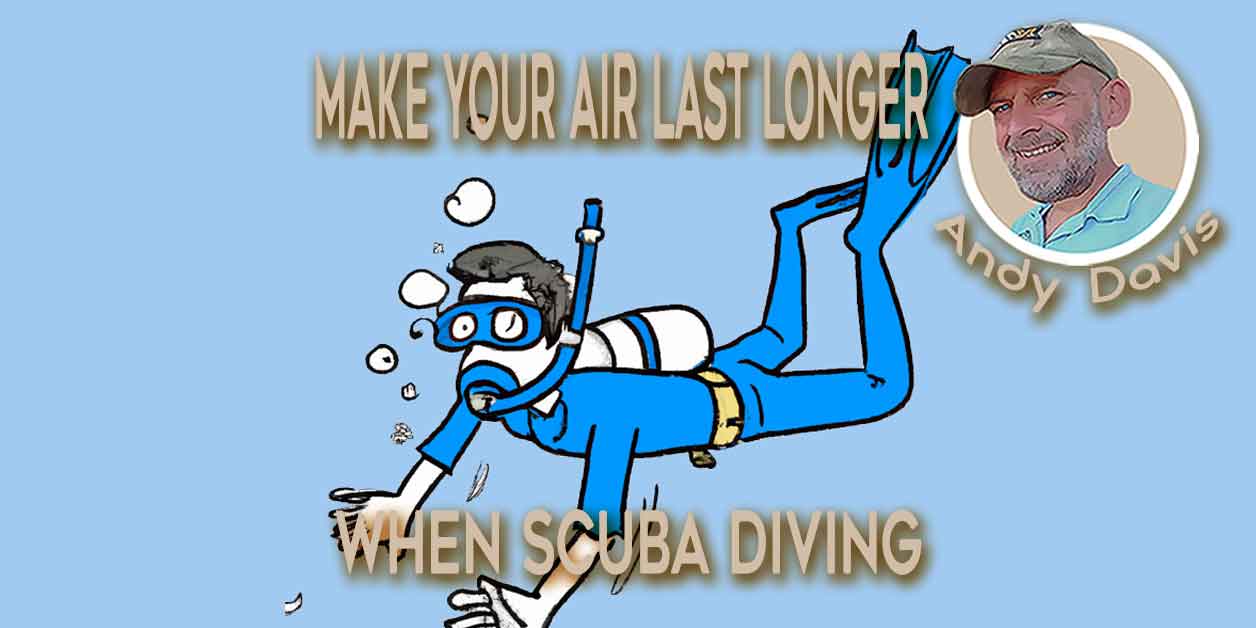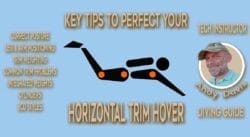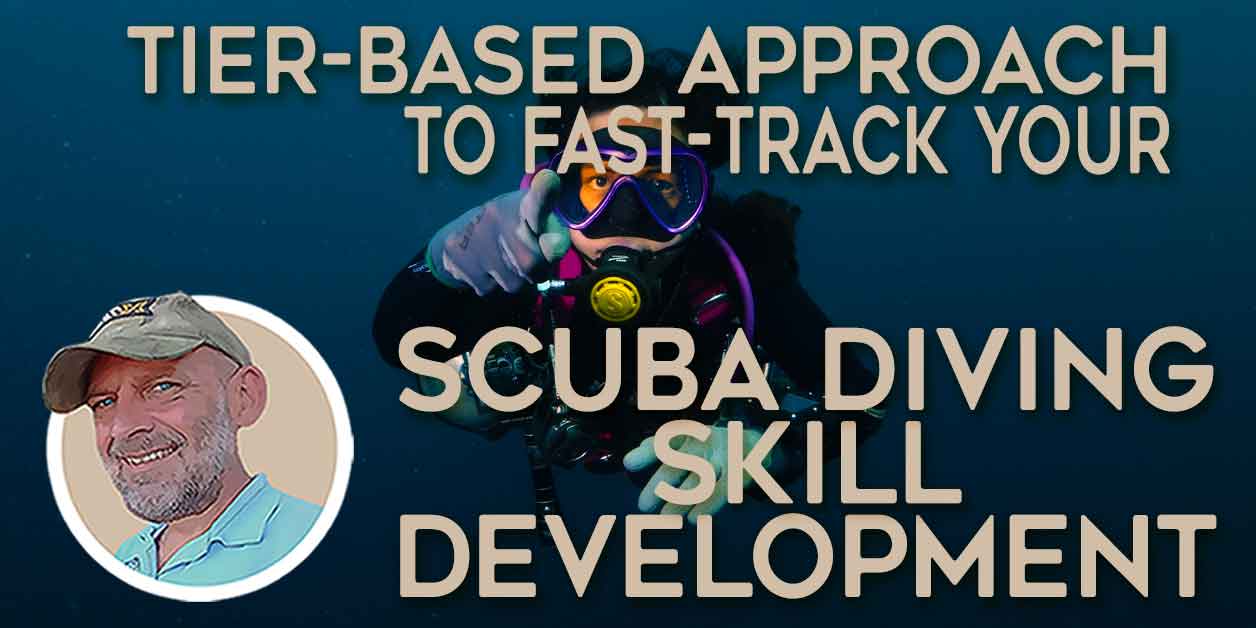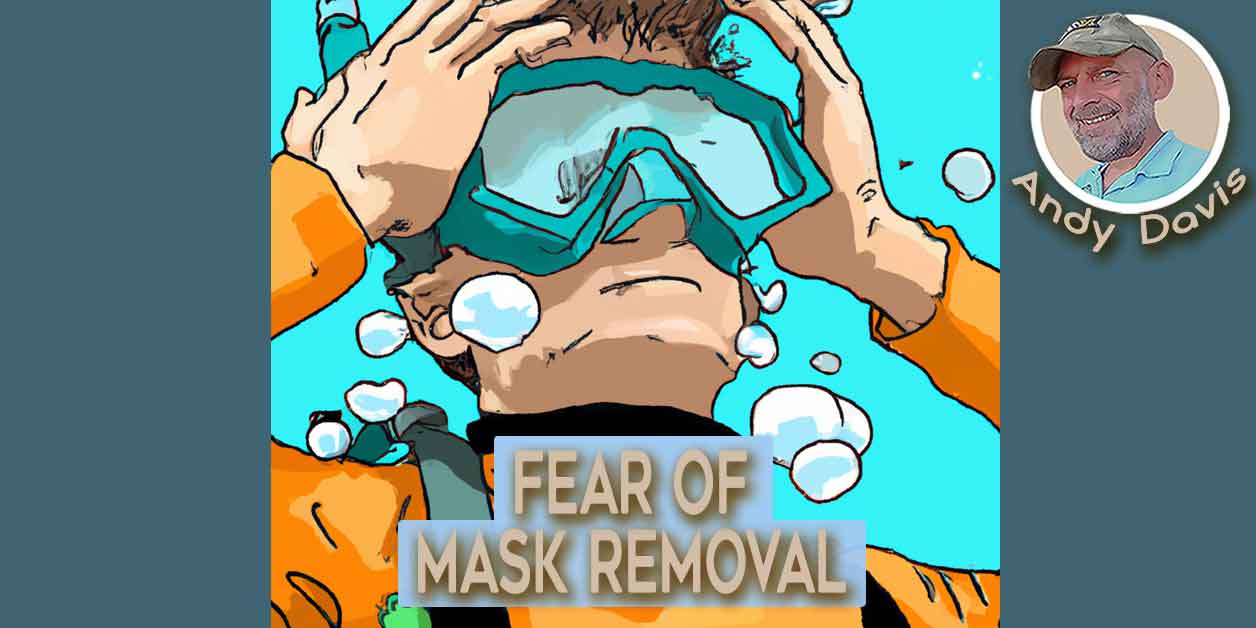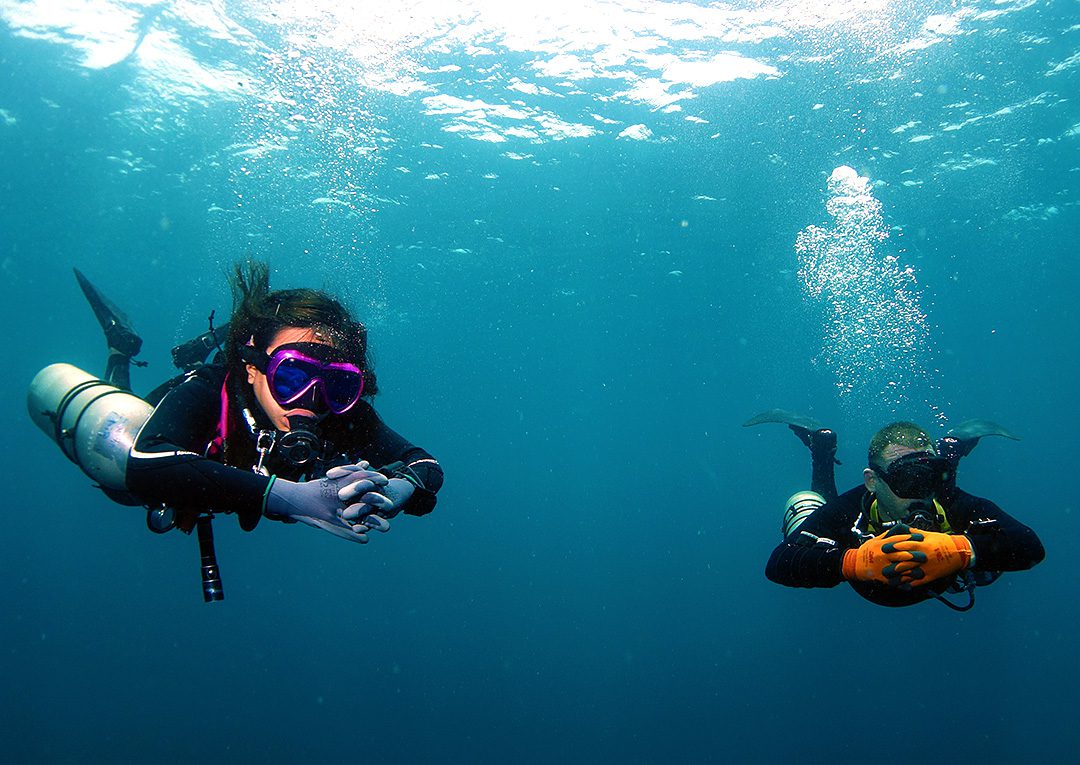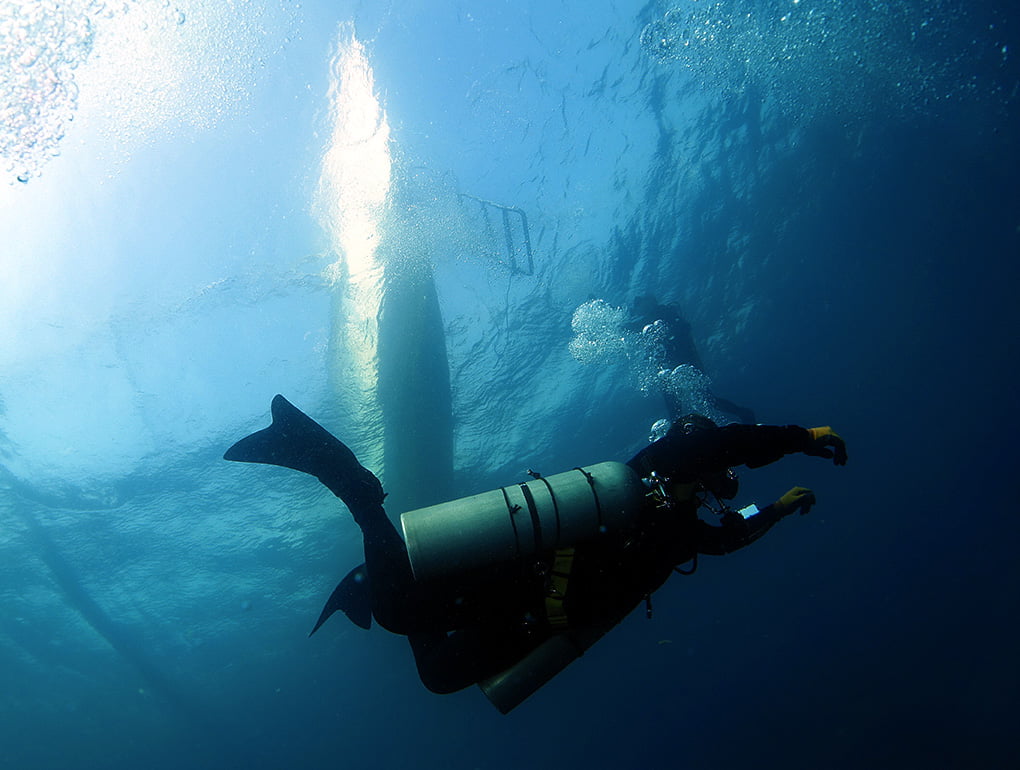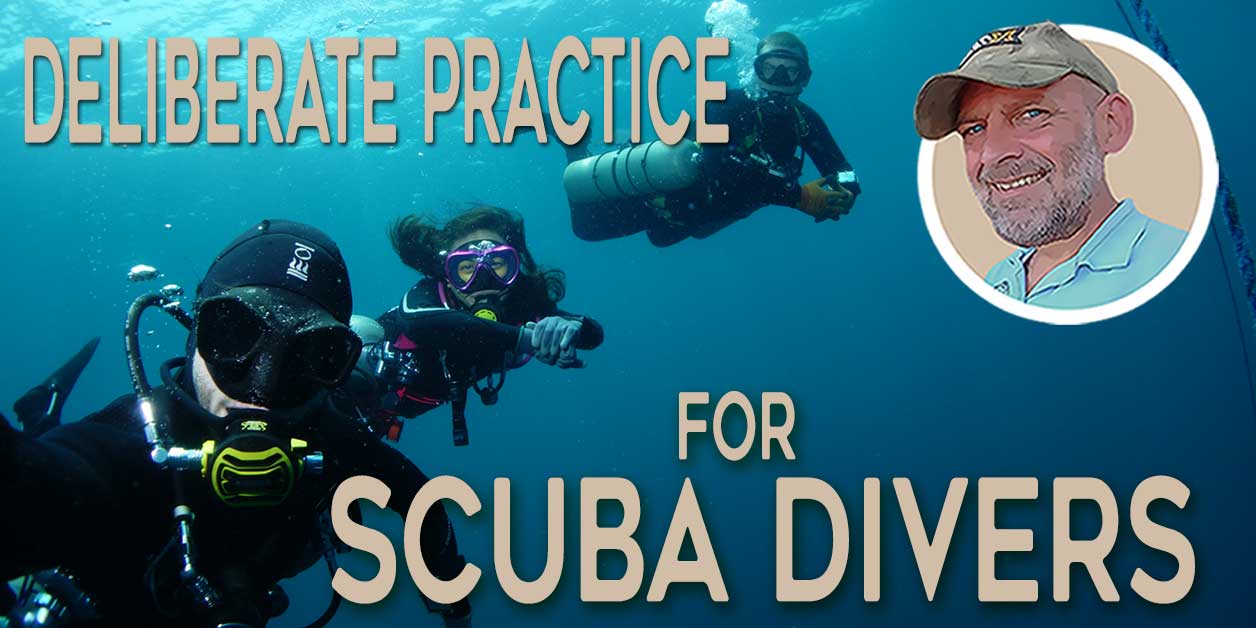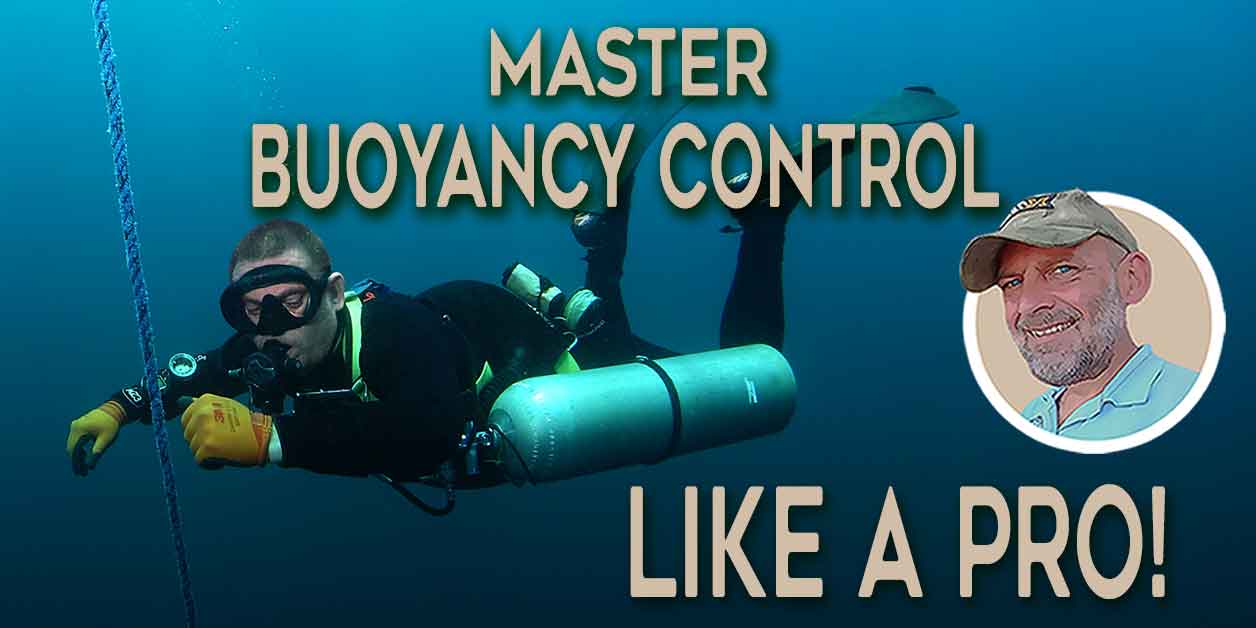Learning Scuba Diving Skills On Your Knees
Sometimes small, seemingly insignificant or innocent training methods can have a persisting and insidious negative consequence for student divers. Learning scuba diving skills on your knees is one of those highly counter-productive teaching methods.
From my experience, teaching any diving skills from kneeling or in a vertical position simply reinforces a future habitual response to resume that ‘knees/feet down’ trim position when having to complete a task or becoming stationary.
My definition of ‘teaching’ includes; role-modelling bad habits, instructing students to adopt certain positions or tolerating students adopting certain positions without giving corrective feedback about it. It also includes the content of agency training videos and illustrative photographs used in manuals. Even if the instructor allows it only once or twice, then it cannot be undone; it has been unequivocally advocated as acceptable.
5 reasons why low-quality instructors teach scuba diving skills in a kneeling position
- The instructor doesn’t have role-model buoyancy/trim skill
- Kneeling practice allows more students per course
- Diving courses finish in the bare minimum timescale
- Student proficiency in buoyancy and trim is not considered
- It’s easier for the instructor to over-weight students
This reality will be denied by the instructors who do it. There are a plethora of implausible excuses for persisting with convenient mediocrity, never developing one’s own comfort zone and persisting to lazily regurgitate whatever lacklustre practices one may have been taught in the past.
True professionalism demands a constant process of ruthless self-examination and continually striving to improve the tuition you provide. If an instructor reflexively discounts or dismisses new teaching methods, there is obviously a deficit of professionalism evident.
The reality is that if an instructor could do it; they would do it. Denial is a mechanism that seeks to protect fragile egos from recognizing one’s limitations. Indignant protests have nothing to do with a desire to be the best possible instructor or use the best possible teaching methods. Improvement is impossible for so long as a person denies that improvement can occur.
The video below shows a real-life open water course that has been taught from the outset in neutral buoyancy. These students are only in the second session of confined water training. Bear this in mind should you ever hear an instructor attempt to dismiss the value of modern training methods and/or justify training students on their knees.
Why does how you learn scuba diving skills matters?
If an instructor teaches and conditions a student diver to drop their trim whenever they are static or performing a task then they must expect that teaching and conditioning to have a profound impact on that student’s future diving behaviour.
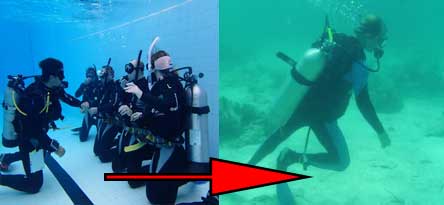
I see this habitual response with virtually every student I teach. I notice it because I teach primarily wreck, tech and sidemount diving; all of which are courses where going ‘knees/feet down’ is a fundamental mistake, and can be hazardous in some circumstances.
Badly taught scuba diving skills increase environmental damage
Needless to say, it also promotes the likelihood of damaging vulnerable marine life, damaging corals and also disturbs the bottom which ruins photography or videography opportunities.
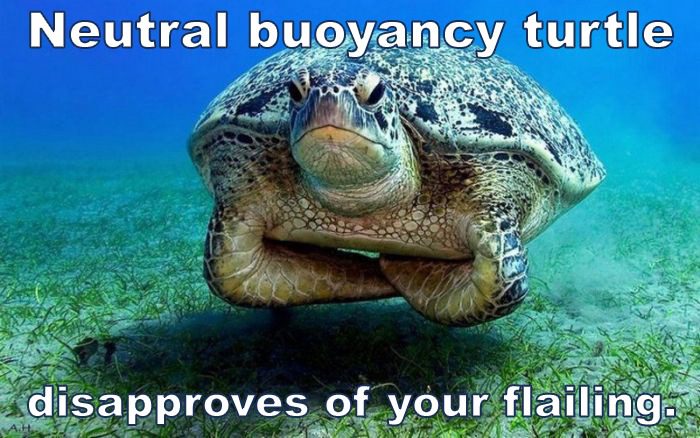
The habitual responses taught at the initial stages of diver education are especially likely to become insidiously ingrained. The longer they are permitted to persist, the more ingrained and unconscious they become. As more time progresses, breaking those negative habitual responses becomes a very difficult and timely struggle.
If you were taught to have negative habitual responses at the outset, then ALL subsequent experiences that you gained only served to condition those imperfections deeper. That continues until you encounter a person, or situation (i.e. training course) that can help you break the habit.
You won’t develop the right skill set to progress to advanced diving
Quite often, that time doesn’t come until someone reaches tech/overhead level training; by which time the negative habitual response has had a significant opportunity to become firmly entrenched in the divers’ instinctive behaviour patterns.
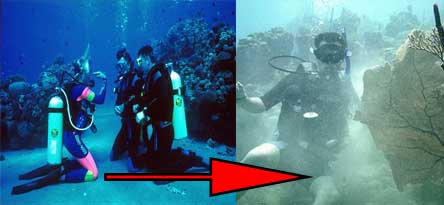
An example of long-term detriment from badly taught scuba diving skills
As an example of the issue of ingraining bad habits, I recently taught a Technical Wreck course. The student was an experienced, active, diving instructor with Tec50 and Full Cave qualifications. He was an excellent diver in many respects.
However, throughout the course, I routinely noted (and gave repeated feedback) that he retained a slight tendency to drop his knees when static. Graduating the course, it was still an occasional issue and my guidance to him was to keep working on it and be very strict about his knee-dropping habit.
Teaching scuba diving skills in neutral buoyancy and trim reinforces those proficiencies
Diving skills work intuitively if taught in neutral, horizontal trim; where the student is unambiguously taught from the very start that their trim/buoyancy is a priority and shouldn’t be allowed to degrade just because they get busy practising something new. This approach creates a positive habitual response which, in the long term, also promotes increased situational awareness and decreases task loading when performing new skills.
I say that trim/buoyancy maintenance is a priority because it’s potentially unsafe to lose focus or control on buoyancy and/or trim anytime the diver gets distracted, has to perform a task or becomes static. I’ve seen divers drifting down to hazardous depths when distracted by equipment.
Bad habits present themselves when you are task loaded or stressed
I’ve seen wreck divers go vertical and cause silt-outs when focusing on guideline deployment. I’ve seen technical divers blow decompression ceilings because their buoyancy and/or trim are degraded when practising air shares or gas switches. It is bad training that results in negative habitual responses that cause these tendencies.
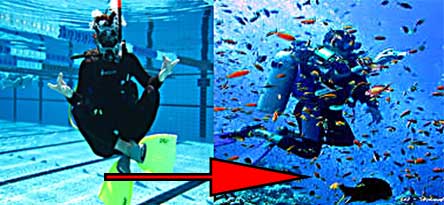
Technical and cave-focused dive training agencies have always understood the negative implications of teaching skills from the knees or in vertical positions.
Training is typically done from a horizontal-trim hover position. However, some recreational training agencies are beginning to acknowledge the issue of negative response conditioning in relation to neutral buoyancy-based skills practice.
PADI recommend non-kneeling neutral buoyancy scuba training
PADI published an article in their professional journal in Spring 2011 that first suggested the benefits of “getting off the knees” as a more effective long-term teaching approach. Where adopted, this approach has been reported as effective. Based on this success, I expected PADI to issue stronger guidelines on neutral buoyancy skills training in the future. Regrettably, that never happened.
Read PADI’s advice on neutral buoyancy training here USJ 2Q 2011
I won’t deny that teaching diving courses which insist upon students constantly maintaining good buoyancy control and proper horizontal trim is more challenging for both the instructor and the student.
Effective scuba diving training takes a little longer
That approach to training takes longer because the students must develop good buoyancy and trim before they can progress on learning other skills. It is also harder for the instructor to control and ‘shepherd’ their neutrally buoyant students during skills practice sessions. The approach increases instructor workload and requires capable experience and no small measure of motivation and professionalism.
The instructor must truly and passionately care about the quality of the diver that they produce in training.
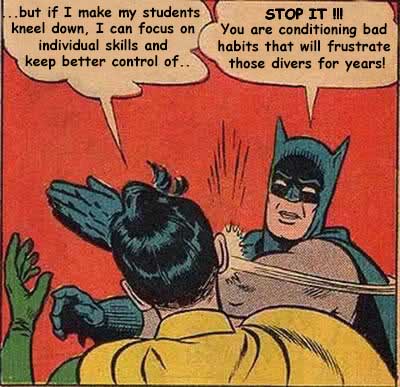
The video below demonstrates a modern approach to developing fundamental skills in buoyancy and trim from the outset of training. This is quickly mastered as a foundational competency and every subsequent diving skill is built upon that solid foundation.
I use similar drills and the results are astounding; students master the fundamentals in one session; whereas kneeling-based skill training cause habitual problems and enables skill deficiencies that persist for years.
The diving instructor has to be proficient to teach skills in neutral buoyancy
Last, but not least, this approach demands instructors who are, themselves, actually capable of demonstrating and teaching the entire spectrum of scuba skills from a reliable, stable and consistent platform of horizontally trim, stable, neutral buoyancy. It would be very wrong to assume that most scuba diving instructors possess this level of competency.
Some of the least proficient students I teach for advanced diving are instructors. They have neglected fundamental skills because they don’t practice for their own development and have persisted in a comfort zone enabled by kneeling tuition. Even worse, bad habits become deeply ingrained through that repetition and take much longer to overcome. In general, inexperienced divers can develop exemplary fundamental skills much quicker because they aren’t fighting against habitual weaknesses that have been ingrained to an unconscious level.
In reality, teaching scuba diving skills in neutral buoyancy and proper trim demands smaller class sizes, more time, and more cost; and a diving instructor that is willing to accept the challenge of training their students effectively for the long term.
There will be significant inertia in the dive training industry to implement these teaching strategies. Many dive centres have a business model that panders to an instant-gratification culture who have been encouraged to expect quick, cheap, convenient and undemanding diver training.

Did you struggle with buoyancy and trim skills as a novice diver? Were you taught by kneeling on the bottom during your diving courses? Share your experiences in the comments below.
About The Author

Andy Davis is a RAID, PADI TecRec, ANDI, BSAC, and SSI-qualified independent technical diving instructor who specializes in teaching sidemount, trimix, and advanced wreck diving courses.
Currently residing in Subic Bay, Philippines; he has amassed more than 10,000 open-circuit and CCR dives over three decades of challenging diving across the globe.
Andy has published numerous diving magazine articles and designed advanced certification courses for several dive training agencies, He regularly tests and reviews new dive gear for scuba equipment manufacturers. Andy is currently writing a series of advanced diving books and creating a range of tech diving clothing and accessories.
Prior to becoming a professional technical diving educator in 2006, Andy was a commissioned officer in the Royal Air Force and has served in Iraq, Afghanistan, Belize, and Cyprus.
In 2023, Andy was named in the “Who’s Who of Sidemount” list by GUE InDepth Magazine.
Purchase my exclusive diving ebooks!
Originally posted 2018-11-05 06:10:49.







